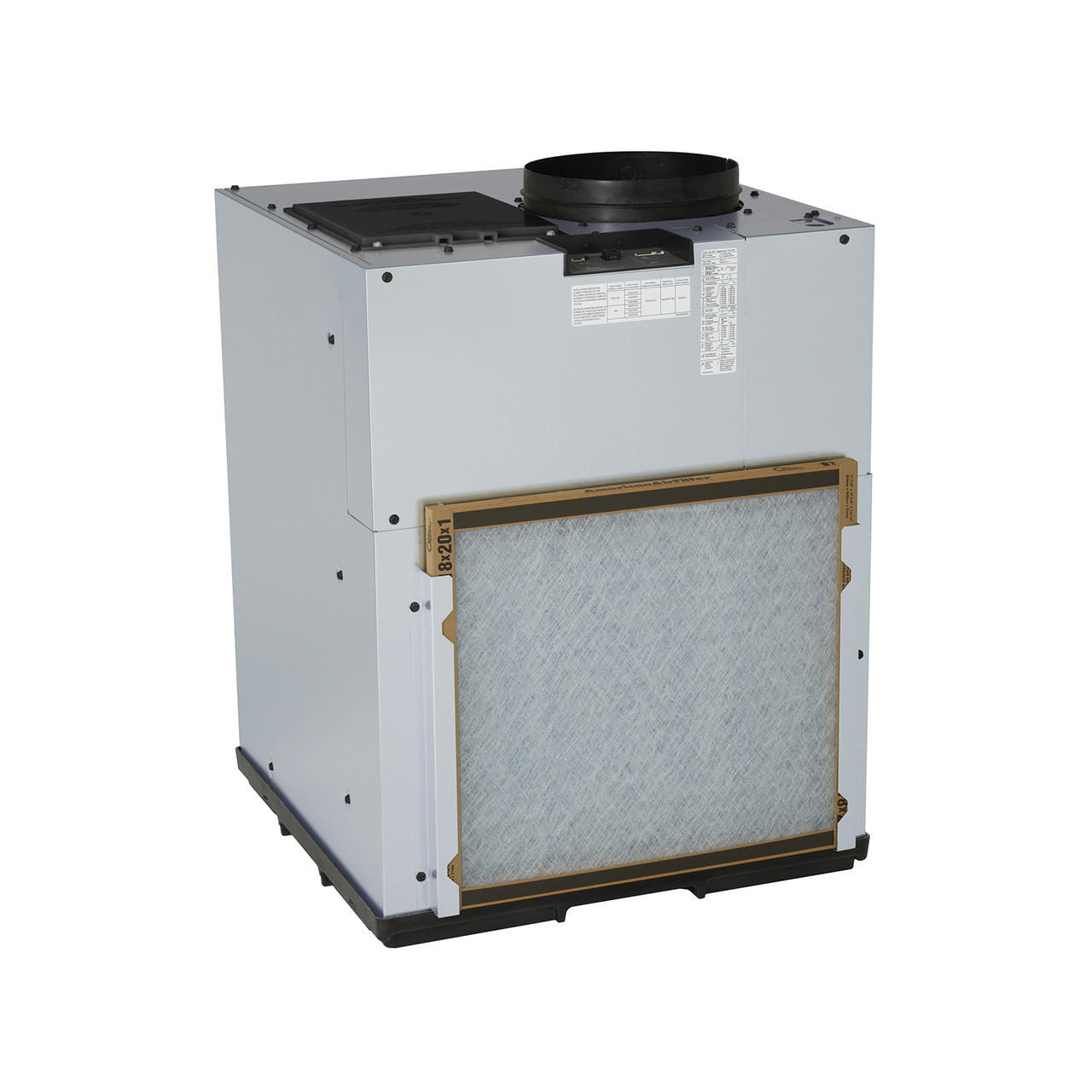PTAC vs VTAC Units
Posted by NorthStock, Inc. on Feb 23rd 2024
PTAC vs VTAC
For facilities like apartment complexes, dorms, hotels, and medical centers, your commercial cooling solution will impact your tenants, customers, and visitors—as well as your bottom line—for years to come. When it comes to PTAC vs. VTAC units, you have to consider the following:
- Cost of the unit and installation
- Cost of operation
- Available space for installation
- Aesthetic finish
- Durability
- Ease of use
- Ease of maintenance
- Heating and cooling capacity
Industrial and commercial PTAC and VTAC units are manufactured by some of the best companies in the HVAC industry, so you can rely on them to have a variety of thoughtful features, durable construction, and innovative engineering. Both types are available in a range of sizes to meet your heating and cooling needs. Still, there are pros and cons to each type of system that will help you make a decision about which one is best for your facility.
What is a VTAC Unit?
When space is at a premium, VTAC (vertical terminal air conditioner) units are an ideal, inconspicuous choice. They're vertically installed in small, hidden areas, like closets and storage rooms, and can be used to heat one or more rooms in a building. Because they're hidden away, they must be controlled via thermostat. Although VTAC units are typically more expensive to purchase and install than PTAC units, they offer several benefits:
- Quiet operation
- Powerful heating and cooling
- Controls temperature in multiple rooms

Choosing a VTAC unit usually comes down to space, noise concerns, and aesthetic preferences. These out-of-sight, out-of-mind units can create a more enjoyable experience in the room.
How Does a VTAC Unit Work?
VTAC units require ductwork, which makes them more difficult to install. Because the unit has a vertical structure, the ductwork can go up through the ceiling to reach multiple rooms.
What is a PTAC Unit?
PTAC (packaged terminal air conditioner) units are installed through the wall and do not need ducts. They're used for single-room heating and cooling, either as a stand-alone solution or as a supplement to the central HVAC system. PTAC units are louder than VTAC units, but advanced technology has made them quieter and more efficient than ever, and different models have different decibel ratings to help you meet your specific needs.
Because each room needs its own PTAC, they're not ideal for whole-building heating—but they make a great choice for hotel rooms, assisted living facilities, and other residences where the occupants can control the temperature within their space.
- Easy to install, maintain and replace
- Relatively inexpensive to purchase and operate
- Settings can be adjusted on a thermostat or directly on the unit

PTAC units are popular for their cost-effectiveness and ease of installation and maintenance.
How Does a PTAC Unit Work?
PTAC units are self-contained and do not require ductwork or drainage. Air is typically recirculated from the room. There are a few cooling-only models available, but typically you would choose a PTAC unit with electric heat or a heat pump for year-round temperature control.
PTAC vs. VTAC Units at NorthStock
At NorthStock, we carry a wide selection of PTAC units and VTAC units, each listed with current availability, competitive pricing, product literature, features, options, compatible accessories, and more. With free shipping to the lower 48 states and a team focused on making HVAC equipment and parts purchasing quick and easy, NorthStock would love to help make your next project a success!
Contact NorthStock
Contact NorthStock today to learn more about PTAC vs. VTAC or to place your order.